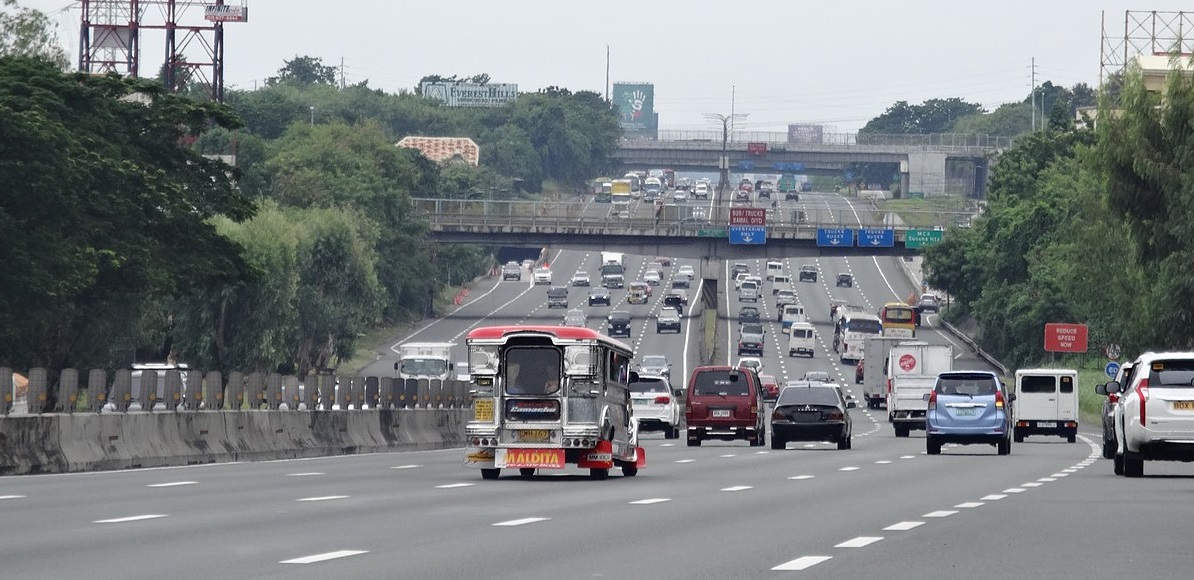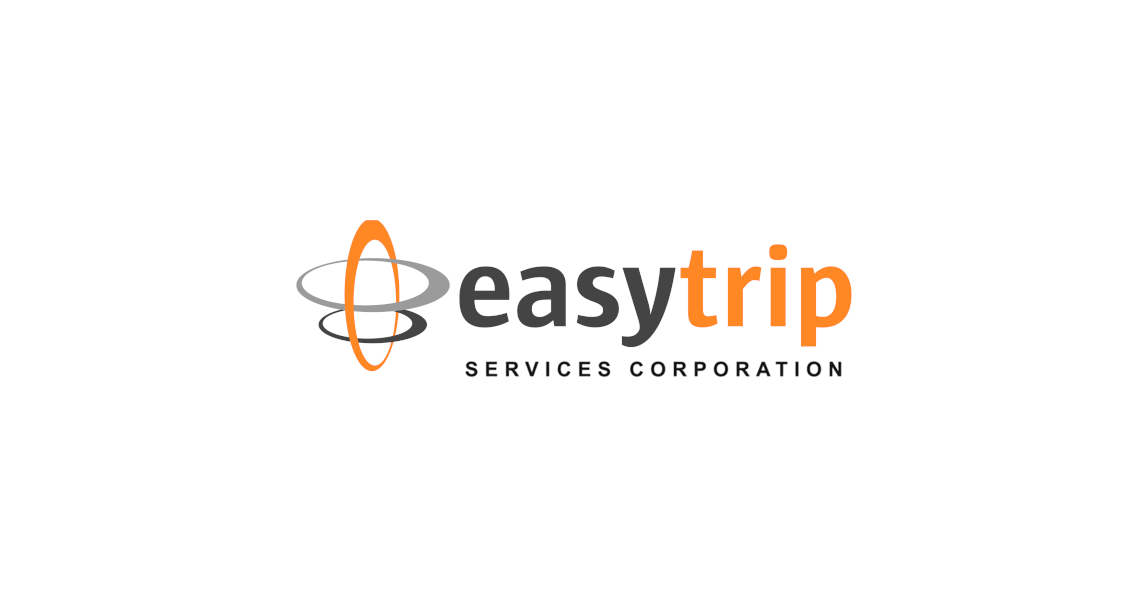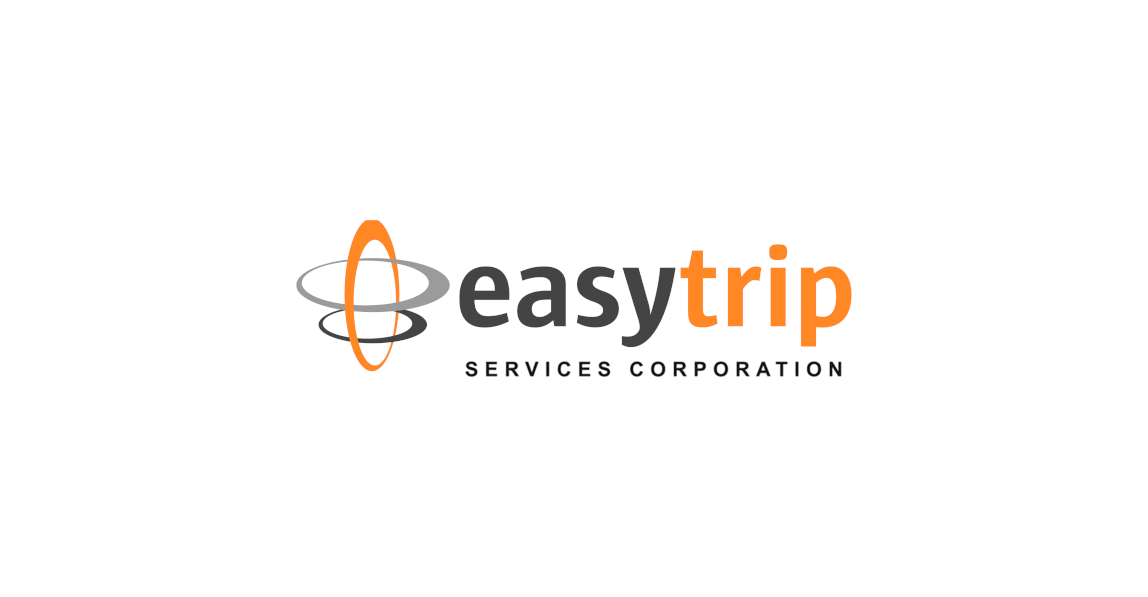Drive Like a Pro: Top Travel Tips for Navigating Expressways by Car

The ability to navigate expressways is essential for frequent travelers. Expressways provide faster and more efficient travel routes than regular roads, allowing travelers to reach their destinations at a faster pace. By utilizing expressways such as NLEX and SCTEX, frequent travelers can save valuable time, especially when commuting between distant cities or regions. However, travelers should recognize the potential challenges of using expressways and ensure they are adequately prepared to tackle them.
While expressways offer a more convenient mode of transportation, drivers may also face potential challenges. One of those challenges involves stopping at toll plazas and paying with cash or credit cards, especially if there is a long queue of vehicles. This problem can be stressful and lead to delays and extended travel times, particularly for drivers unfamiliar with the payment process. The complex nature of the expressway network, characterized by multiple planes, interchanges, and exits, can also be challenging, especially if they lack familiarity with the specific routes. To make toll payments easier, utilizing technology such as RFID stickers for cars can streamline toll payments and further improve expressway accessibility.
Easytrip RFID, for example, is an electronic toll collection system that facilitates seamless and contactless payment at toll plazas. By having an Easytrip RFID sticker, frequent travelers can breeze through toll booths without the need for cash transactions. Travelers can also enjoy other benefits of RFID technology, such as fuel savings and engine efficiency, smoother driving, and cost control over expenses.
Understanding Expressways
Expressways are high-speed thoroughfares specifically built to handle a significant flow of traffic. They are designed with controlled access, featuring grade-separated interchanges, restricted entry and exit points, and the absence of traffic lights and intersections to facilitate easier and faster travel. Compared to other types of roads, expressways are equipped with guard rails, rumble strips, pavement markings, solid wall fences, speed radars, toll plazas, CCTVs, and rest or service facilities.
There are different types of expressways in the Philippines, each with its own set of features and characteristics, including:
- North Luzon Expressway (NLEX) - This is a 90-kilometer expressway linking Metro Manila to Bulacan, Pampanga, and other Central Luzon provinces. It features eight interchanges and is renowned for its well-maintained pavement, state-of-the-art toll collection system, and effective traffic management.
- South Luzon Expressway (SLEX) - This expressway connects Metro Manila to Laguna, Batangas, and Quezon provinces. With 28 interchanges, SLEX offers scenic views of Mount Makiling and Laguna de Bay and features modern facilities, rest areas, and gas stations.
- Subic-Clark-Tarlac Expressway (SCTEX) - This is the longest highway in the Philippines, spanning 93 kilometers. The expressway connects the Subic Bay Freeport Zone, Clark Freeport and Special Economic Zone, and Tarlac City.
- Cavite Expressway (CAVITEX) - This is a 14-kilometer expressway that converges from Manila to Cavite Province. It follows the Manila Coastline and connects Roxas Boulevard to Cavite, featuring two toll plazas: Paranaque Toll Plaza and Kawit Toll Plaza.
- Cavite-Laguna Expressway (CALAX) - This 44.63-kilometer closed-system toll expressway connects CAVITEX and SLEX, which run from Kawit, Cavite, to the SLEX-Mamplasan Interchange in Biñan, Laguna.
Planning Your Expressway Trip
To ensure a seamless and stress-free journey on the expressway, it is crucial to plan your trip in advance. Here are some helpful tips for effective trip planning:
- Choose the Right Route - Before you hit the road, it's crucial to determine the optimal route. Consider factors such as distance, traffic conditions, and potential roadworks or closures. Use GPS or navigation apps for assistance in identifying the best route.
- Check Weather and Traffic Updates - Stay informed about the current weather conditions and traffic advisories to avoid hazards and delays. It will help you determine the most convenient time to start your journey and plan alternative routes to take.
- Estimate Travel Time - Use online maps or navigation apps that provide real-time traffic updates when estimating your travel time. Be mindful of some possible delays, such as road construction or peak traffic hours, to ensure you allocate sufficient time for your journey.
- Check Fuel, Oil, and Water Levels - Ensure your car is in excellent condition by checking fuel, oil, and water levels before taking the open road. Fuel exhaustion or engine failure while driving can be dangerous and result in costly repairs. If you intend to travel by car, you should also top off the fluids in your vehicle.
- Ensure Car Has Valid Registration and Insurance - Driving without valid registration and insurance can result in severe fines and vehicle impoundment. Check that your car's registration and insurance are up-to-date before traveling.
- Use RFID Stickers for Toll Payments - Electronic toll collection, or ETC RFID stickers, simplify toll payments on expressways. These stickers can be attached to your car's windscreen and enable you to pay tolls electronically, without cash or card payments, to make your journey more efficient.
Navigating Expressways
Here are some tips on how to drive safely and efficiently on expressways:
- Maintain Safe Distance from Other Vehicles - Keep a safe distance from the vehicle ahead of you to allow for proper braking and reaction time. Generally, it’s recommended to leave at least a two-second gap between you and the car in front of you to prevent accidents and promote smooth traffic flow.
- Avoid Sudden Lane Changes - When changing lanes, make sure to use your indicators to signal your intentions and check your blind spots before making the move. Avoid making sudden lane changes, as they can interfere with traffic flow and increase the risk of collisions.
- Following Traffic Signs and Speed Limits - Follow the posted speed limits and pay attention to traffic signs and road markings. These help maintain order on the expressway, and ignoring them may lead to accidents or traffic violations.
Easytrip RFID users can now enjoy interoperability with Autosweep, allowing them to use their RFID Neology stickers for SLEX toll fees and other expressways in the Philippines. This eliminates cash transactions and the need to stop at toll booths for faster and smoother traffic flow. Easytrip installation sites offer convenient locations to install RFID stickers on your vehicle, ensuring widespread accessibility. It is crucial for motorists to maintain sufficient Easytrip RFID loads on their accounts to ensure a seamless and uninterrupted toll payment experience. The good news is that users can easily check balance of Easytrip RFID accounts via the website, SMS, or by downloading the MPT DriveHub app.
Handling Emergencies
The thought of an emergency on the road is not something anyone wants to consider, but it is important to prepare for it. Here are some tips for handling emergencies while on the expressway:
- Car breakdowns and accidents - In the event of a breakdown or accident, safely move your vehicle to the side of the road or the emergency lane if available. Activate your hazard lights and place warning signs or traffic cones to alert other drivers.
- First aid kit and emergency supplies - Having a first aid kit and emergency supplies on hand can be a lifesaver in unforeseen situations. Make sure your first aid kit is well-stocked with items such as bandages, antiseptic wipes, and pain relievers, as well as other essential emergency supplies that include a flashlight, blankets, bottled water, and non-perishable snacks.
- Contact information for emergency services - Ensure you have a list of emergency contact numbers, including local police, ambulances, and roadside services, for immediate assistance in an emergency.
- Road closures or detours: If you encounter road closures or detours on the expressway, you must follow the signs and traffic authorities' instructions. You can also use GPS or navigation apps to find alternative routes.
Driving on the expressway can be both seamless and satisfying if you're well prepared and know what to expect. Following the tips outlined in this article can help you handle emergencies, prepare for unexpected situations, and make the most of your journey. It is essential to prioritize safety at all times, adhere to traffic regulations, and embrace the enjoyment of the road ahead. With preparation and accurate information, you can confidently navigate the expressway and create a memorable trip.
If you frequently travel on expressways and want to make toll payments easier and more convenient, you should register with Easytrip. Easytrip RFID simplifies toll payments to enhance the overall travel experience for expressway users. For more information, call 1-3500.





